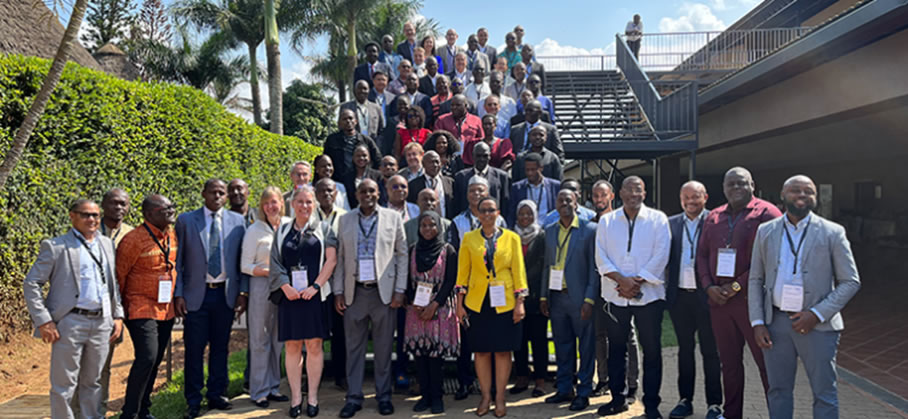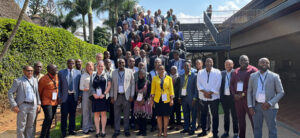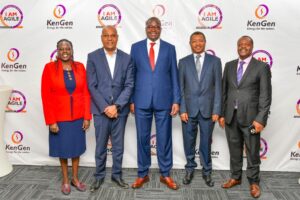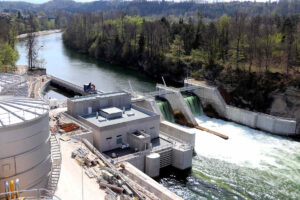The Future Role of Hydropower in Sub-Saharan Africa

The Eastern Africa Power Pool SG participated (virtually) in a World Bank ESMAP Hydropower Development Facility (HDF) side event of the 2023 Water Storage and Hydropower Development for Africa conference, which took place from July 10th to 12th at Speke Resort Munyonyo in Uganda. The objective of the side event was to (a) share knowledge and experience on flexible hydropower and its future role in the power systems, (b) explore and discuss current and future role of hydropower in Africa, among other topics.
The SG gave a presentation on The Role of Hydropower in the East African Power Pool, in which he highlighted the potential of hydropower in the region as 170GW, mainly from the Democratic Republic of Congo and Ethiopia whose potentials are 100 GW and 45GW, respectively.
If this potential is developed as planned, it can serve the system as a base load as its cost is mostly cheaper than the other base load renewables. If the region is well interconnected, hydro can displace most of the base load expensive thermal plants and bring economic and environmental benefits. The increase in variable renewable Energy (VRE) such as solar PV and wind, will lead to an increased need for system flexibility and energy storage, and hydropower can provide these services at an affordable cost.
Hydropower and VRE exhibit pronounced seasonal synergies with VRE tending to be highest during the dry season. It also has a multi-sector use and has more flexibility since it can be used for hydropower, water supply and irrigation. VRE and hydropower with storage will need to complement each other to meet the global climate agenda.
The operation of the Power Pool has a good role in mitigating the risks associated with hydropower. During dry hydrology, hydro-dominated systems are forced to reduce their output. The pool enables these countries to import power from other sources including thermal based systems, other renewables (solar, wind and geothermal) or hydro power plants located in different river basins (different hydrology patterns).
The SG underscored the importance of transmission lines interconnections, stating that they are very crucial in the planning processes of hydropower development and energy transition. The connectivity not only allows the hydro power dominated system to import power during dry periods but also will allow more flexibility to maximize output during normal periods. In a power pool, hydro plants with storage could maximize their average energy generation by discharging only in absence of VREs sources during dry seasons. Development-related risks such as market size and implementation delays can be better managed within a pool than in an isolated system.
During the Roundtable on the Role of Flexible Hydropower in Evolving Power Systems, the SG elaborated that Hydropower could support the development of VREs. For instance, hydropower plant reservoirs could be used as space for installation of Floating Photo Voltaic (FPV) solar panels. The FPV can help compensate hydropower output during dry periods, while hydropower, with a more stable and flexible operation, could compensate for unstable and intermittent PV output during the wet season. A similar day-night complementarity in operations can take place. Additionally, this hybridization reduces water evaporation and saves money on grid integration as it uses the same transmission infrastructure.
Key to this development is the revision of the EAPP Master Plan to factor climate change transition considerations and technological changes in VREs integration. Regional masterplans play a vital role in scaling up the use of renewables for power generation, strengthening regional power supplies, meeting national climate commitments, and ensuring energy security, access rates and affordability. Due to their spatiotemporal nature, hydropower and VRE sources make the overall electricity system more flexible, both nationally and regionally.
To mitigate the risks associated with hydropower, countries could invest in power plants with storage which discharge only in the absence of VRE sources during dry seasons. Additionally, participation in a power pool also gives countries access to other power sources that may be in different hydrology patterns.






